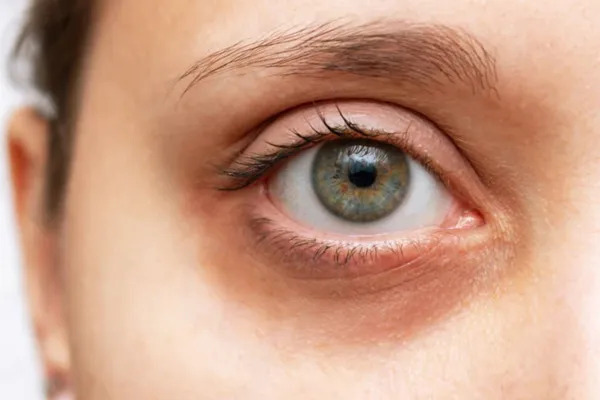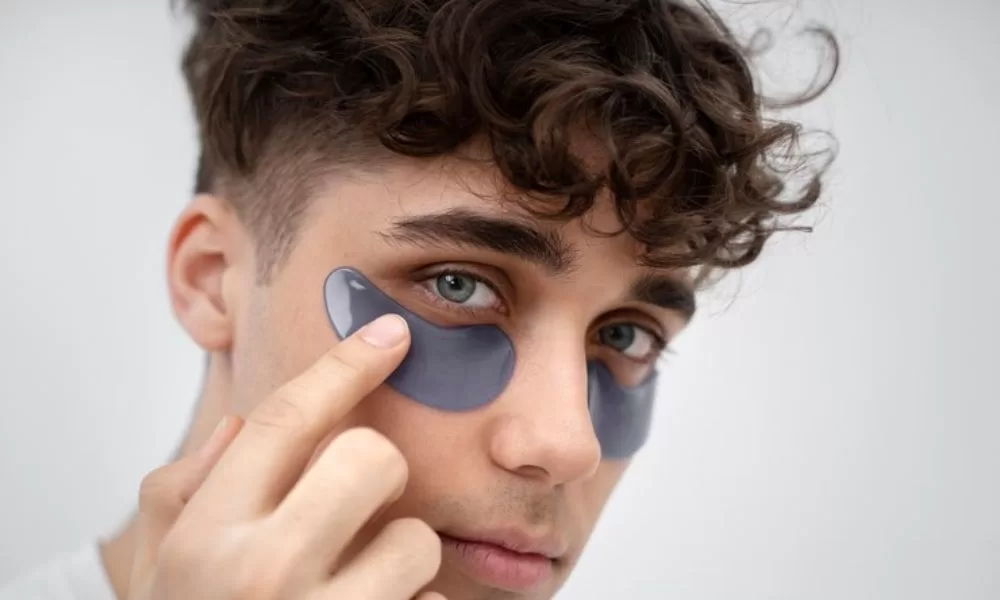Dark eye circles are a common concern for many individuals, leading to a tired and aged appearance that often defies the most diligent skincare routines. To effectively get rid of dark eye circles and brighten your eyes, it’s essential to understand the root causes and the various treatments available. By targeting these issues, you can achieve a refreshed and youthful look without the need for surgical interventions.
Understanding the Causes of Dark Eye Circles
Lack of Sleep and Fatigue
One of the most prevalent causes of dark eye circles is inadequate sleep and chronic fatigue. When your body doesn’t get enough rest, it can lead to the dilation of blood vessels under the eyes, causing a darkened appearance. Additionally, the lack of sleep can result in fluid retention, which exacerbates puffiness and makes dark circles more noticeable.
Treatment: Proper Sleep Hygiene and Eye Creams
To get rid of dark eye circles caused by sleep deprivation, establishing a consistent sleep schedule is paramount. Aim for at least 7-9 hours of quality sleep each night. Incorporating eye creams that contain ingredients like caffeine, vitamin K, and hyaluronic acid can also help in reducing the appearance of dark circles by constricting blood vessels and improving skin hydration.

Hyperpigmentation
Hyperpigmentation around the eyes is another major factor contributing to dark circles. This condition occurs due to an excess of melanin production, often triggered by factors such as sun exposure, genetics, or skin inflammation. People with darker skin tones are more prone to developing hyperpigmentation, leading to stubborn dark circles that can be difficult to treat.
Treatment: Brightening Agents and Sun Protection
To effectively address hyperpigmentation, it’s essential to incorporate brightening agents into your skincare routine. Ingredients such as vitamin C, niacinamide, and licorice extract are known for their ability to lighten dark spots and even out skin tone. Additionally, protecting the delicate under-eye area from UV rays with a broad-spectrum sunscreen can prevent further pigmentation from forming. Wearing sunglasses and applying SPF eye creams daily can significantly reduce the risk of worsening hyperpigmentation.
Thinning Skin and Loss of Fat
As we age, the skin naturally loses collagen and elastin, resulting in thinner skin and a reduction in the fat padding under the eyes. This thinning skin makes the underlying blood vessels more visible, leading to the appearance of dark eye circles. Additionally, the loss of fat can create a hollowed-out look, further accentuating darkness under the eyes.
Treatment: Retinoids and Peptide-Based Creams
To combat thinning skin and the loss of fat, incorporating retinoids into your skincare regimen can help stimulate collagen production and improve skin thickness. Retinoid creams, when used consistently, can gradually strengthen the skin and reduce the visibility of blood vessels. Peptide-based creams are another excellent option as they support collagen synthesis and skin elasticity, leading to a firmer and more youthful under-eye area.
Allergies and Nasal Congestion
Allergies and nasal congestion can contribute to dark circles by causing inflammation and increased blood flow in the blood vessels beneath the eyes. This condition, often referred to as “allergic shiners,” can give the appearance of dark, shadowy circles that are difficult to cover with makeup.
Treatment: Allergy Management and Cold Compresses
Effectively managing allergies can significantly reduce the appearance of dark eye circles. Over-the-counter antihistamines can help alleviate allergy symptoms and reduce inflammation. In addition, applying a cold compress to the eyes can constrict blood vessels and diminish puffiness, providing immediate relief and reducing the appearance of dark circles. Regularly rinsing the nasal passages with saline solutions can also reduce congestion and improve overall eye area appearance.
Dehydration
Dehydration is a lesser-known but significant cause of dark eye circles. When the body lacks adequate hydration, the skin under the eyes can appear dull and sunken, leading to more pronounced dark circles. Dehydration can also reduce the skin’s elasticity, making the under-eye area look tired and aged.
Treatment: Hydration and Hyaluronic Acid Serums
To combat dehydration, it’s crucial to increase your water intake and ensure your body is properly hydrated throughout the day. Additionally, incorporating hyaluronic acid serums into your skincare routine can help to lock in moisture and plump the skin under the eyes, reducing the appearance of dark circles. Hydrating eye patches infused with hyaluronic acid can also provide an instant boost of moisture to the under-eye area.
Genetics
Genetics plays a significant role in the development of dark eye circles. If your family members have a history of dark circles, it’s likely that you may also be predisposed to this condition. Genetic dark circles can be more challenging to treat, as they are often related to the structure of the face, skin tone, and the presence of hyperpigmentation.
Treatment: Camouflage and Skin-Strengthening Products
While genetic dark circles can be persistent, they can still be managed effectively. Using a high-coverage concealer with color-correcting properties can help camouflage dark circles and brighten the under-eye area. Additionally, using products that strengthen the skin barrier, such as ceramide-based creams and antioxidant serums, can improve the skin’s resilience and reduce the appearance of dark circles over time.
What to Remember When Treating Dark Eye Circles
When seeking to get rid of dark eye circles, it’s important to adopt a multi-faceted approach that addresses the underlying causes. While some treatments may offer immediate results, consistency is key for long-term improvement. Regular use of targeted skincare products, along with lifestyle adjustments, can significantly enhance the appearance of the under-eye area.
Avoid relying on quick fixes or invasive procedures that promise instant results but may not address the root cause. Instead, focus on building a routine that supports healthy skin and addresses the specific needs of your under-eye area. Consulting with a dermatologist or skincare professional can also provide personalized recommendations based on your skin type and concerns.
By understanding the causes of dark eye circles and implementing the right treatments, you can effectively brighten your eyes and achieve a more youthful, refreshed appearance. Remember, the journey to get rid of dark eye circles is gradual, but with the right care and patience, you can enjoy lasting results that enhance your natural beauty.




